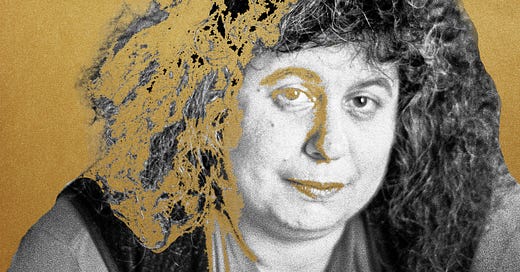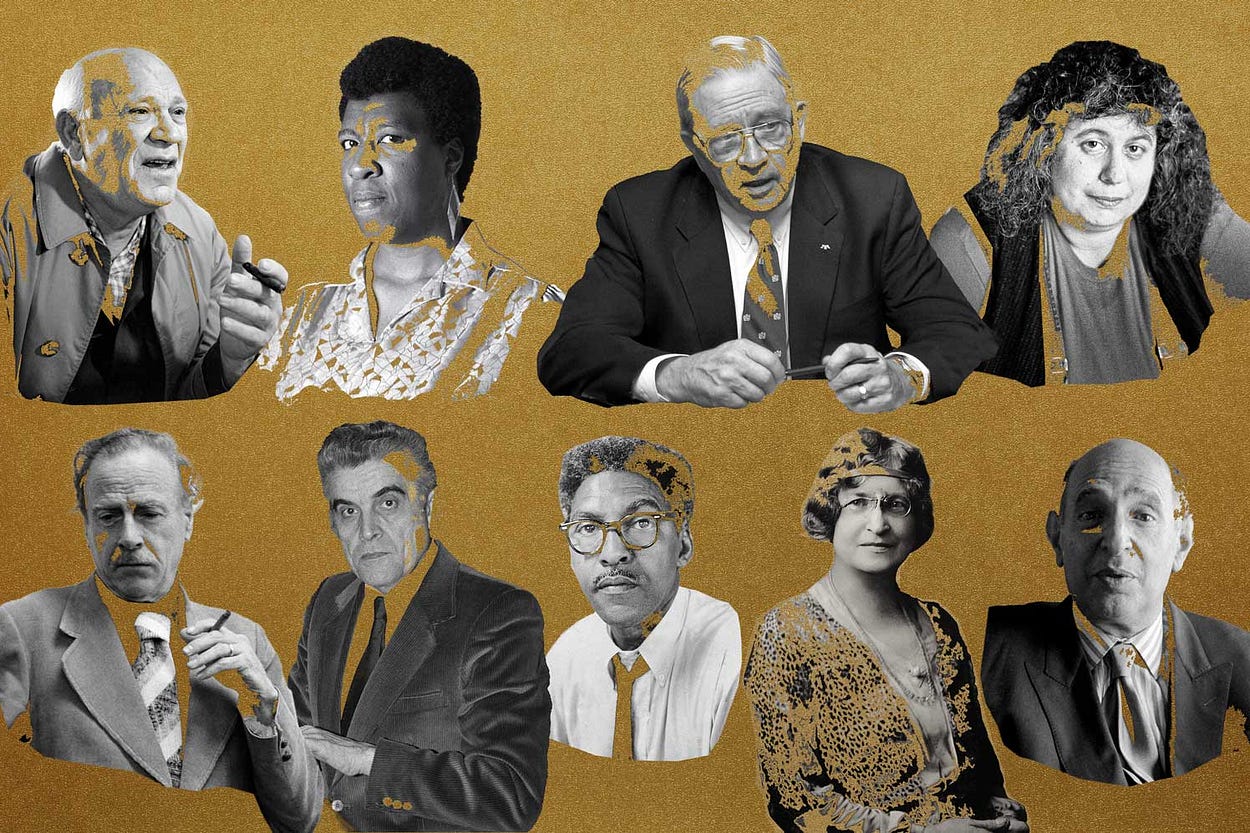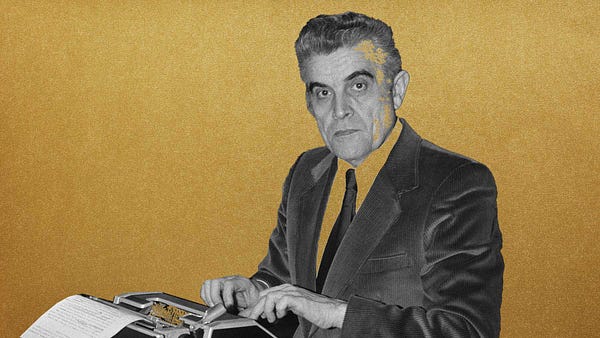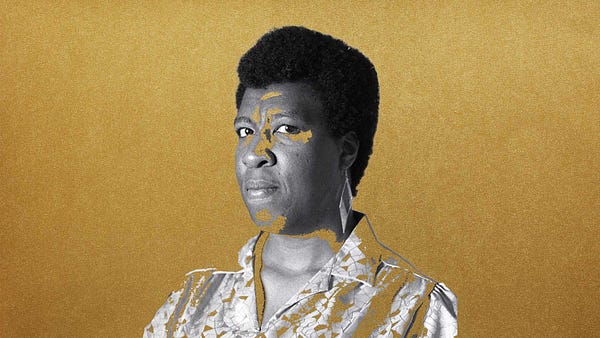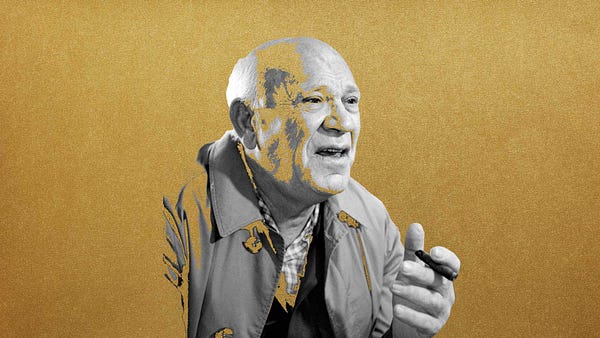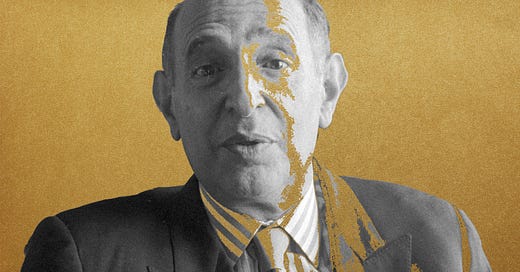
Welcome back to The Prophets, our Saturday series about fascinating people from the past who foresaw our current moment. Last week, Thomas Chatterton Williams wrote about Allan Bloom, a professor who, long before campus cancel culture existed, warned that higher education was closing Americans’ minds.
Today, Louise Perry profiles second-wave feminist Andrea Dworkin who imagined—with uncanny clarity—how our world would be shaped by online pornography.
In 1965, Andrea Dworkin appeared in The New York Times for the first time in her life as a “plump girl with black hair and dark eyes” who said she had been sexually assaulted. The 18-year-old Dworkin, a Bennington freshman, had been arrested during an anti–Vietnam War protest in New York and held in the Women’s House of Detention for four days. During her detainment, she had been subjected to a “brutal” pelvic exam by a leering male doctor that left her bleeding, and this teenage girl—still several years away from her feminist awakening—caused such a hullabaloo that a grand jury hearing was eventually held.
This was at a time when certain kinds of sexual mistreatment of women not only went unmentioned—they were in practice unmentionable, since there was neither the vocabulary nor the ideological framework necessary to describe them. As Dworkin later wrote:
No one knew about battery then, including me. It had no public name. There were no shelters or refuges. Police were indifferent. There was no feminist advocacy or literature or social science. No one knew about the continuing consequences, now called post-traumatic stress syndrome, which has a nice dignity to it.
Dworkin’s parents were mortified by her decision to publicly link herself with sexual shame. Harry and Sylvia Dworkin were a lower-middle-class couple from New Jersey, the children of Russian and Hungarian Jewish immigrants, and politically radical in their own way: Harry was a schoolteacher and a socialist; Sylvia believed in the necessity of legal abortion and contraception “long before these were respectable beliefs,” as Andrea later wrote.
But they were not radical enough for their daughter (who was?). She experienced her suburban upbringing as intellectually and emotionally stifling, living in the shadow not only of her mother’s chronic ill health but also the family trauma of the Holocaust.
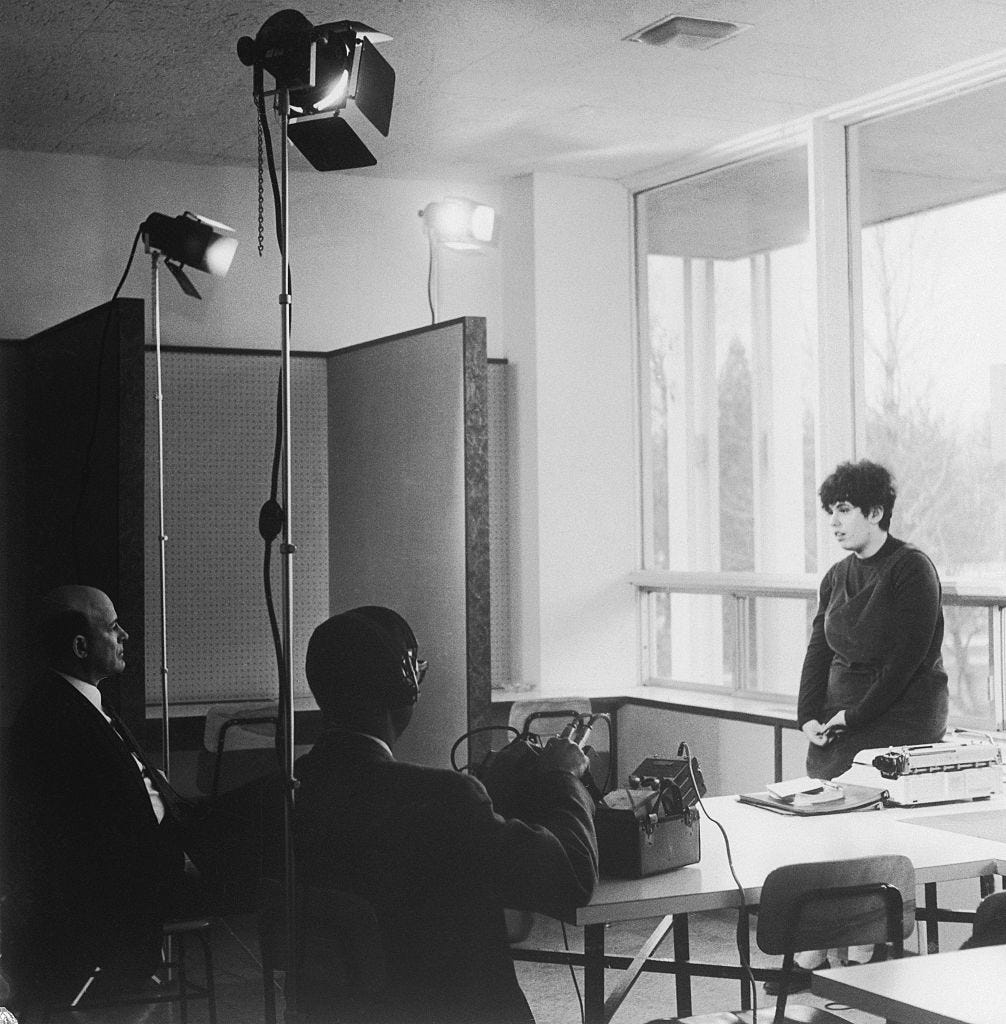
Dworkin is remembered primarily for her writing on the nature of women’s suffering, but her first and most enduring focus was on the nature of Jewish suffering. “I have read Holocaust material, you might say compulsively, over a lifetime,” she wrote in her 2000 book, Scapegoat. “I have been doing that since I was a kid.” Recurrent violent nightmares began in childhood and never let up.
Not long after the New York jail incident—and probably, in part, because of it—the young Dworkin fled the United States, first for Crete and then for the Netherlands, where she lived among anarchists and entered her first iteration of political activism.
This was the late ’60s, half a century since first-wave feminists had endured jail and hunger strikes to ultimately succeed in getting the right to vote. The second wave of feminism—which addressed the widespread second-class legal and cultural status of women—had begun in the early ’60s. But the left in this new era was focused more on anti-colonialist and anti-capitalist ideologies, movements largely led by swaggering men.
Dworkin was sexually and physically abused by an anarchist man she married while in Amsterdam, who coerced her into prostitution. Their wedding photo shows the groom not with his hand on the waist of his 22-year-old bride but gripping her neck. When Dworkin wrote later about the treachery of leftist men, she was writing from experience.
The second wave of the second wave of feminism, which Dworkin helped conceive, was concerned with intimate abuse, and with the inability of women to exercise control of their bodies. Her first book, Woman Hating: A Radical Look at Sexuality, published in 1974, proposed a new model of cultural history.
We begin with fairy tales, the first scenarios of women and men which mold our psyches, taught to us before we can know differently. We go on to pornography, where we find the same scenarios, explicitly sexual and now more recognizable, ourselves, carnal women and heroic men. We go on to herstory—the binding of feet in China, the burning of witches in Europe and Amerika. There we see the fairy-tale and pornographic definitions of women functioning in reality, the real annihilation of real women.”
Dworkin saw misogyny as a thread running through it all, and her mission was to snap that thread. When a journalist asked her, many years later, how she would like her work to be remembered, Dworkin’s response was typically blunt: “In a museum, when male supremacy is dead. I’d like my work to be an anthropological artifact from an extinct, primitive society.”
Here’s Dworkin on the meaning of pornography, from the 1991 documentary Pornography:
During her career, she was often dismissed as an anti-sex hysteric. If Dworkin, who died in 2005 at age 58, is remembered now, it is usually either as a figure of fun—the fat, angry dyke in dungarees—or as a historical curiosity. Following #MeToo, Dworkin became an unexpected figurehead for undiluted feminist rage, admired by some younger women for her uncompromising opposition to sexual violence. She acquired an edgy kind of status and, in 2019, a new anthology of her essays was published. But the harder side of Dworkin—the side that wanted not to critique porn but to actually ban it—remains deeply unfashionable.
That Dworkin deserves our attention. Because what she foresaw, with uncanny clarity, was the damage that is done to both women and men who live in a culture drenched in pornography. We are living in that culture today.

